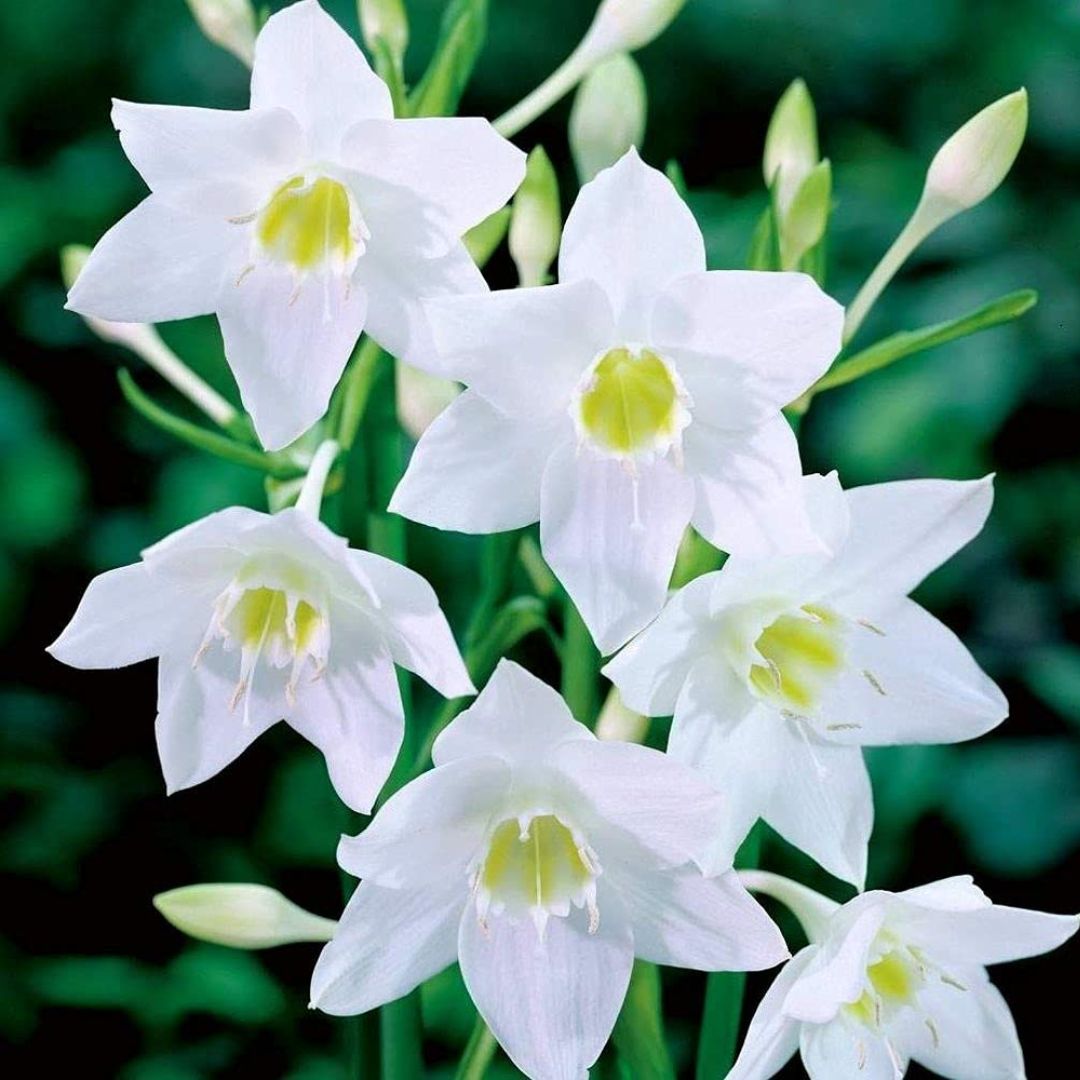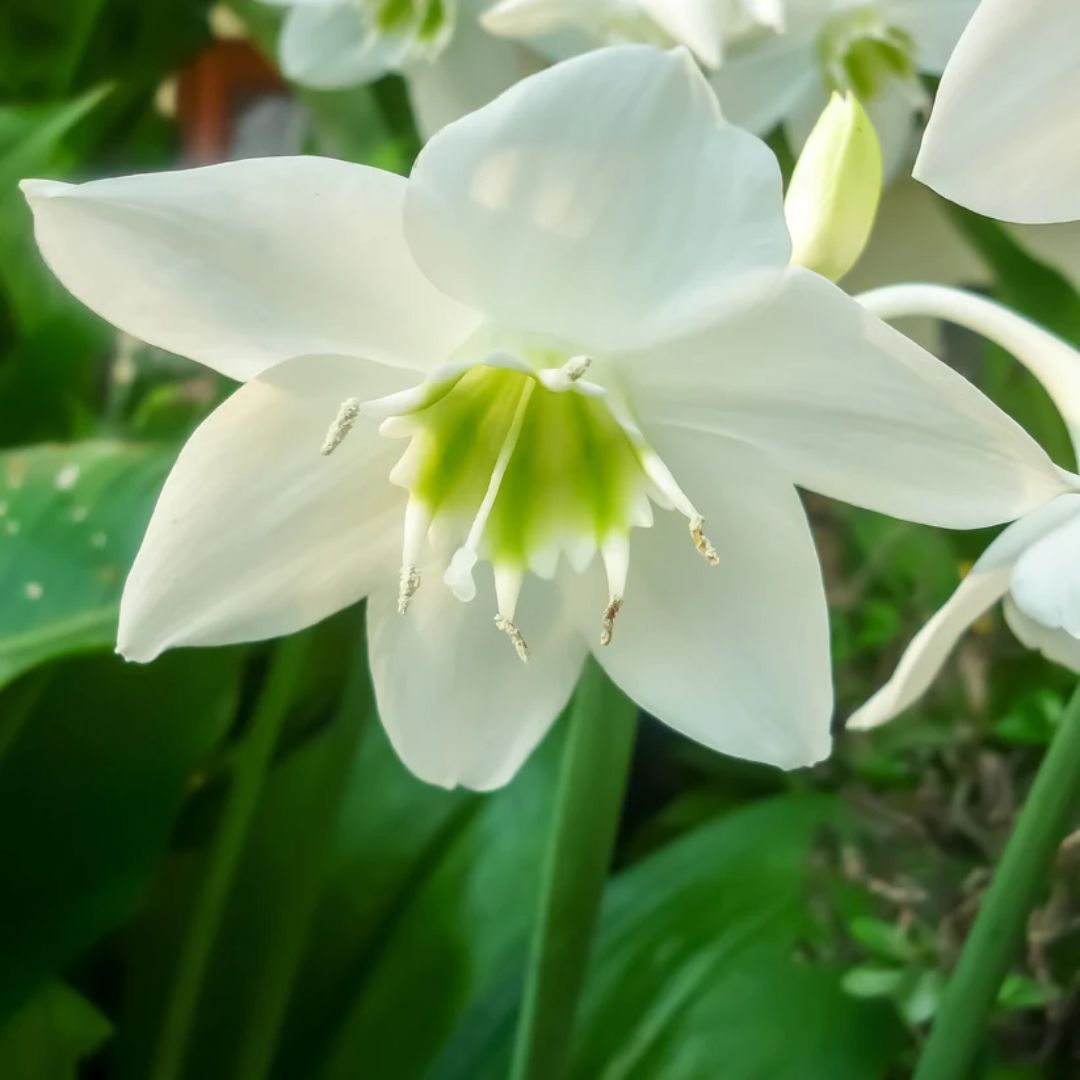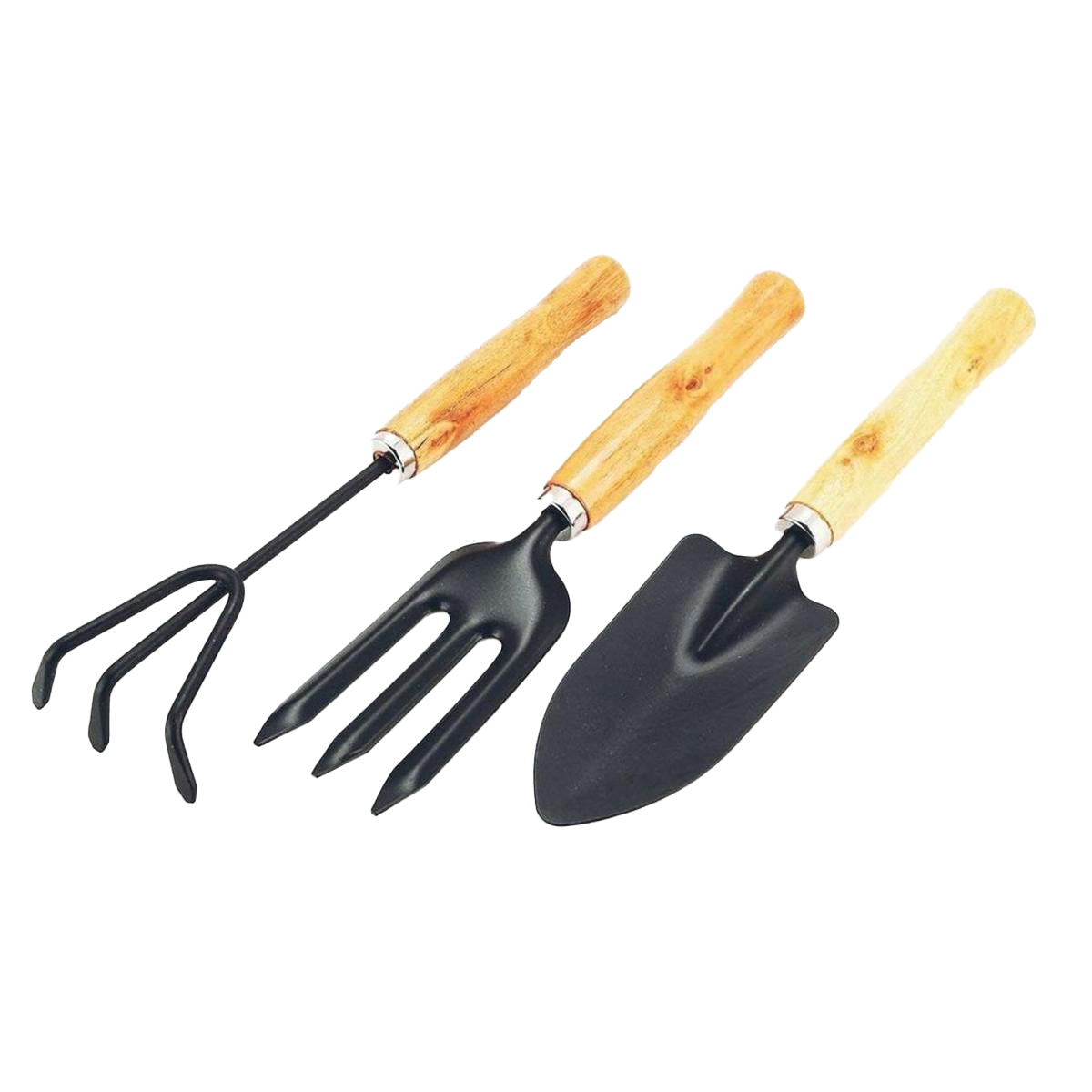


Paperwhite Bulbs (Narcissus papyraceus) are one of the easiest winter-flowering bulbs to grow. They produce clusters of small white blooms with a sweet fragrance — perfect for brightening up patios, windowsills, or garden pots during the colder months.
These bulbs are especially loved for indoor forcing, but also grow well in 8–10 inch outdoor pots or sunny garden beds. They bloom quickly — often within 4–6 weeks of planting — and require almost no effort.
Why Gardeners Love It
- Sweet Fragrance – Fills the space with a pleasant, floral scent
- Fast Blooming – Flowers appear within 30–45 days
- Ideal for Pots or Indoors – Grow on windowsills, patios, or small containers
- Low Maintenance – No chilling or special care needed
- Winter Color – Blooms when most other plants are dormant
How to Grow Paperwhite Bulbs
When to Plant
- September to December
Where to Plant:
- 8–10 inch pots, windowsills, or sunny garden beds
Soil Mix:
- Use a mix of 2 parts garden soil + 1 part Vermicompost
- For indoor forcing, bulbs can be grown in water with pebbles
Planting Instructions (Soil):
- Plant bulbs 1–1.5 inches deep, pointy side up
- Space 2–3 inches apart
- Water after planting, then sparingly until shoots appear
- Keep in bright location
Growing Indoor (Optional):
- Fill a bowl with stones or gravel
- Place bulbs upright, base touching water (not submerged)
- Keep in bright spot and turn regularly to prevent leaning
Fertilizer & Care:
- For soil-grown: Feed every 2 weeks with NPK 20 20 20 once shoots appear
- Avoid overwatering; keep bulbs slightly moist, not soggy
FAQs
1. Can Paperwhite bulbs grow indoors?
Yes — they are one of the best bulbs for indoor pots or water forcing.
2. Do they need full sun?
Bright indirect light is enough indoors. Outdoors, choose a sunny spot.
3. How long do they take to flower?
Usually 4–6 weeks after planting, even sooner indoors.
4. Can I reuse the bulbs next year?
Not reliably. Paperwhites often don’t rebloom after forcing, but you can try planting them in soil outdoors after flowering.
5. Do they have a strong smell?
Yes, their scent is sweet and noticeable — loved by most, but intense in closed spaces.









